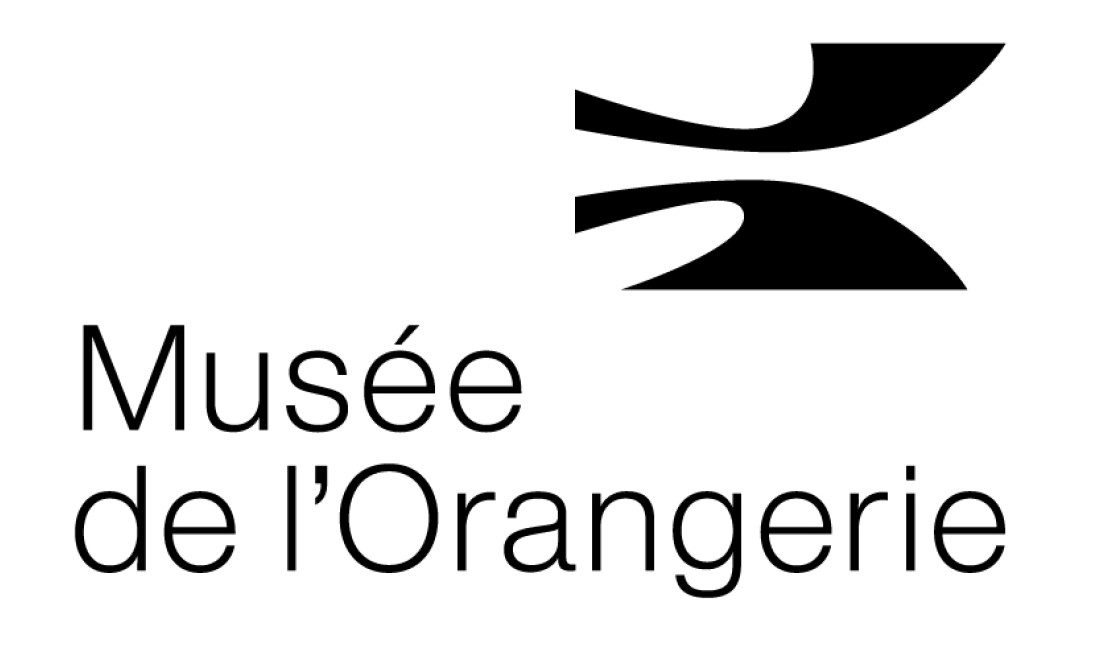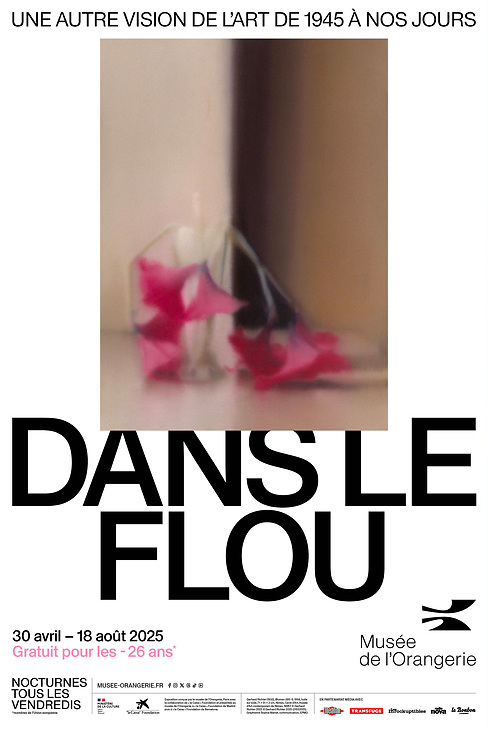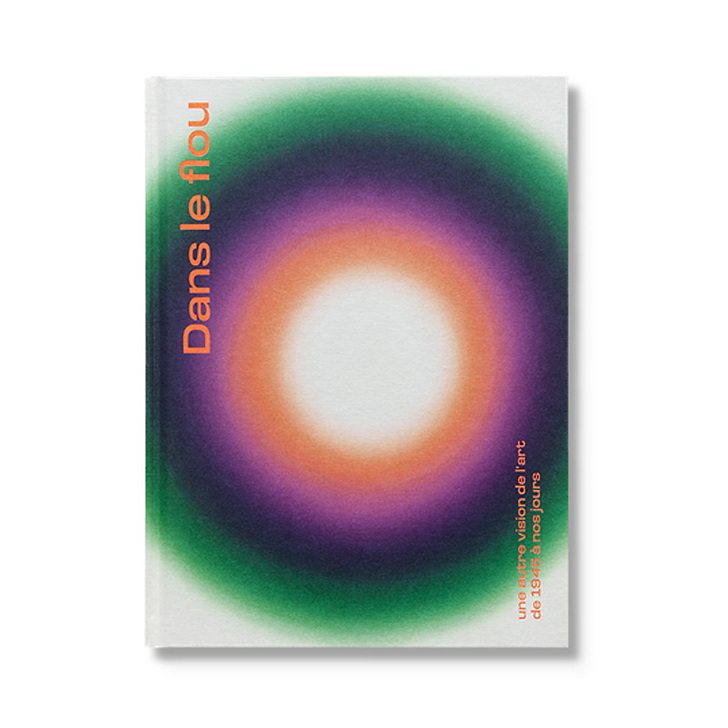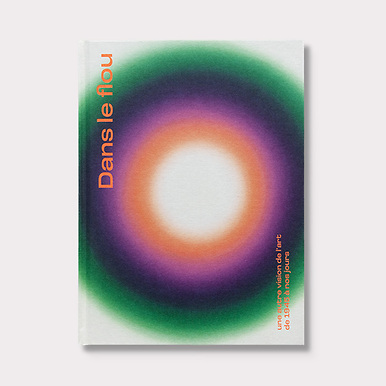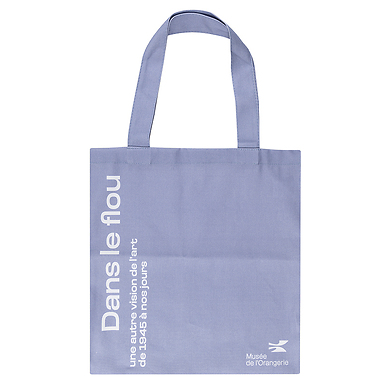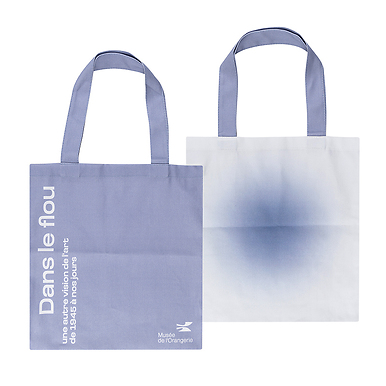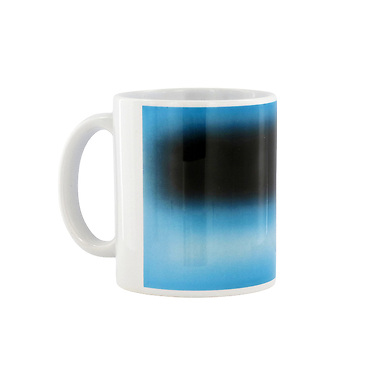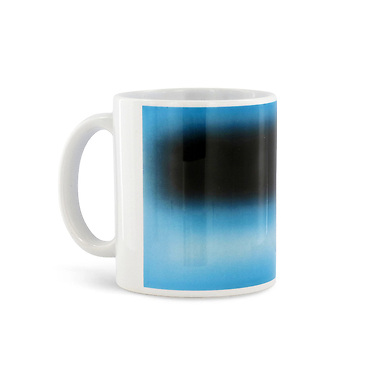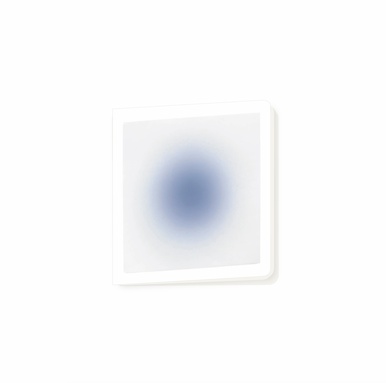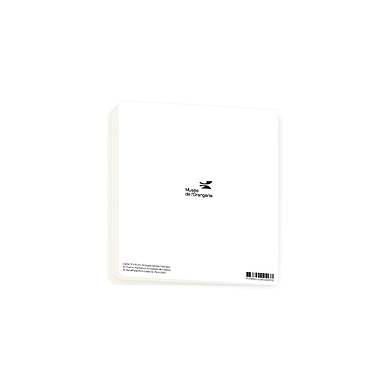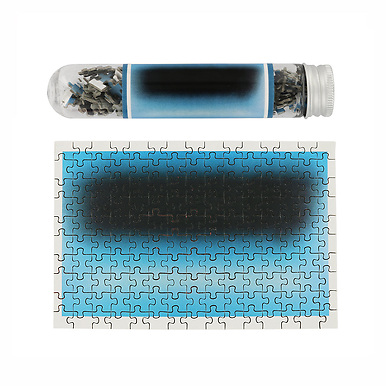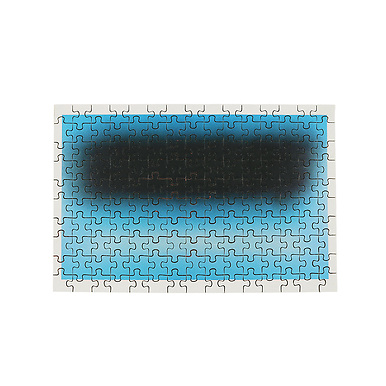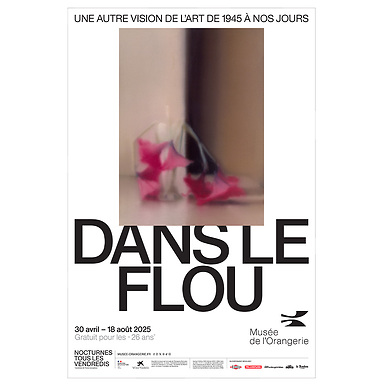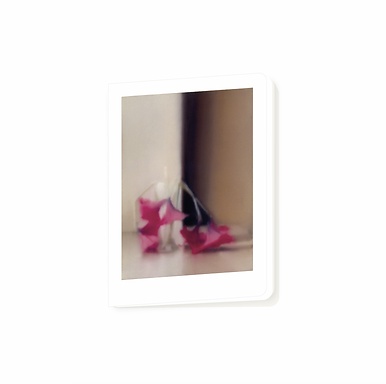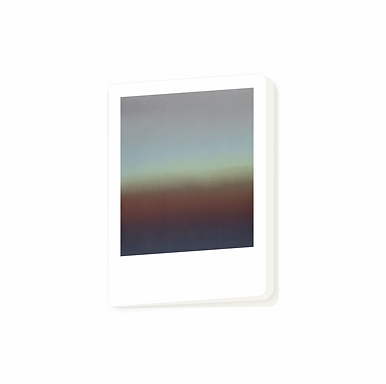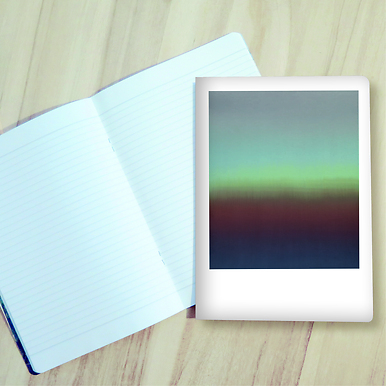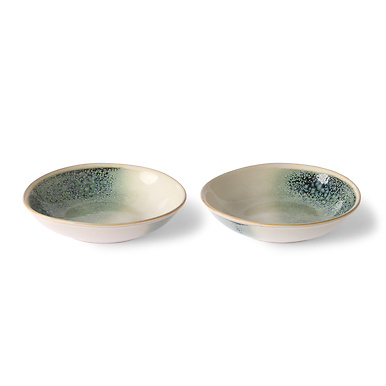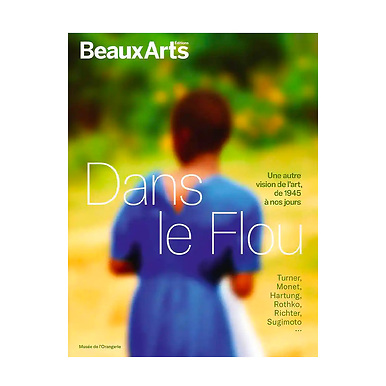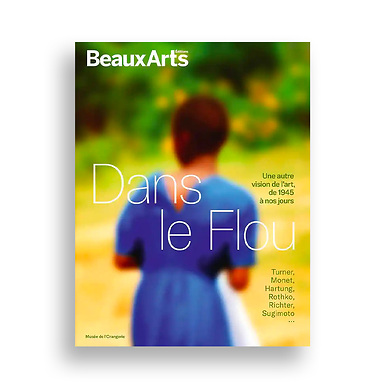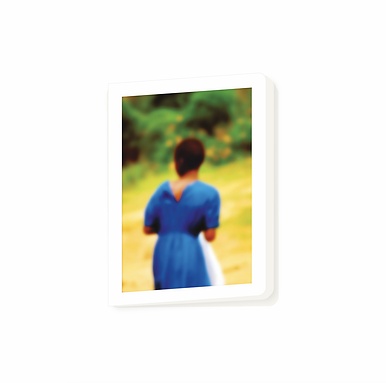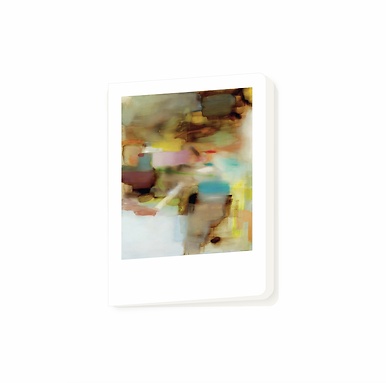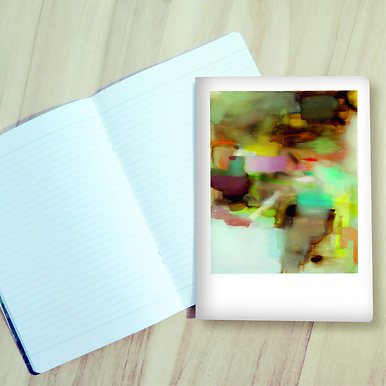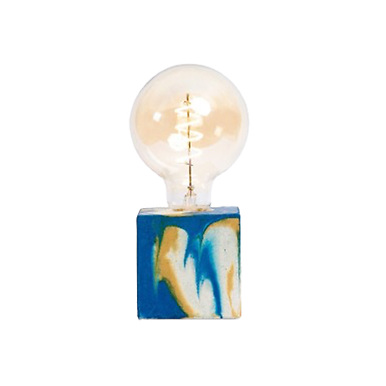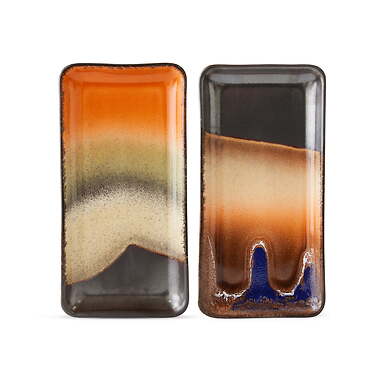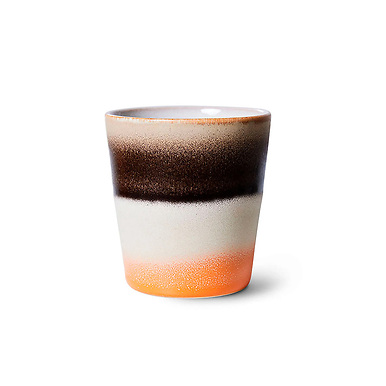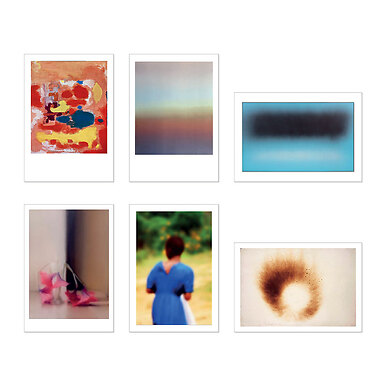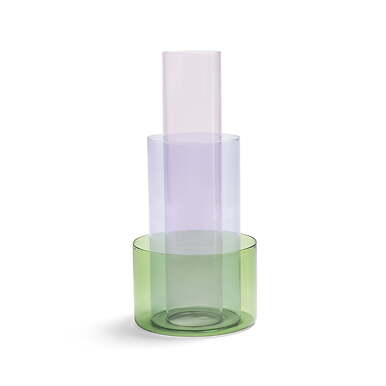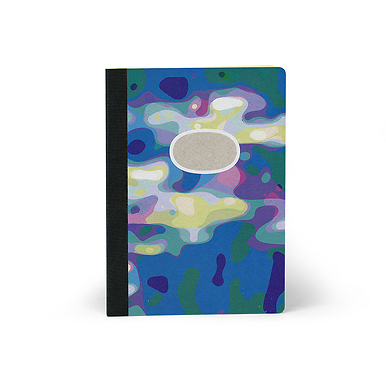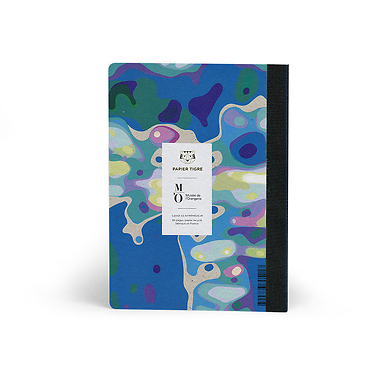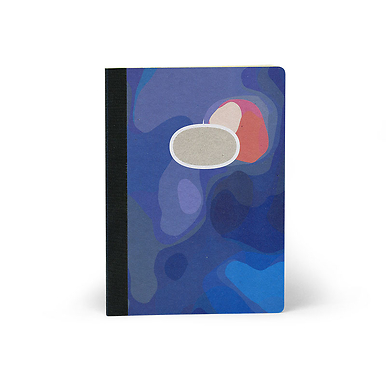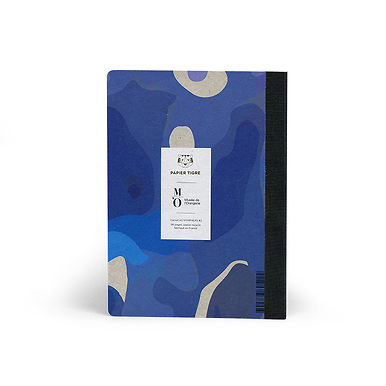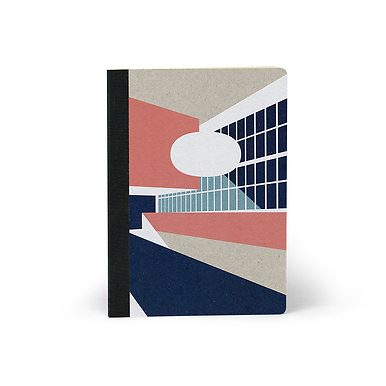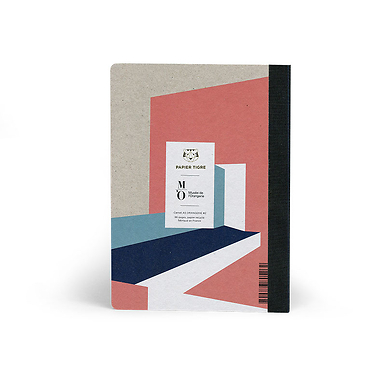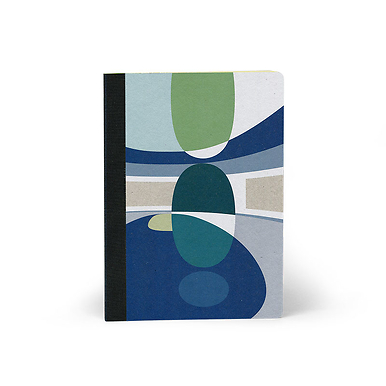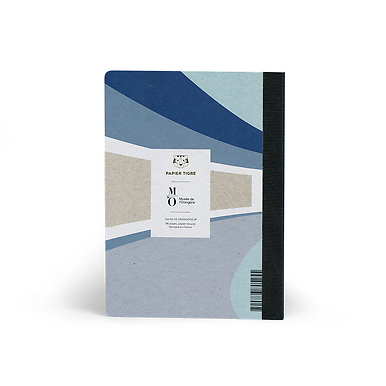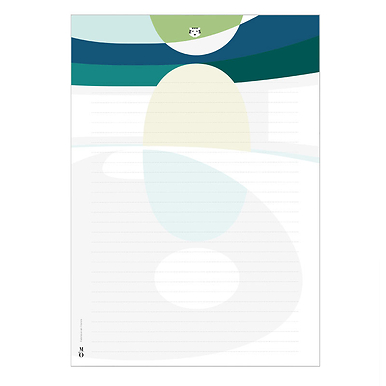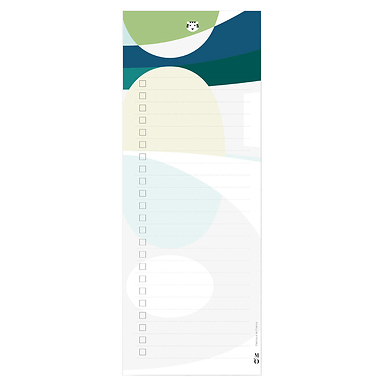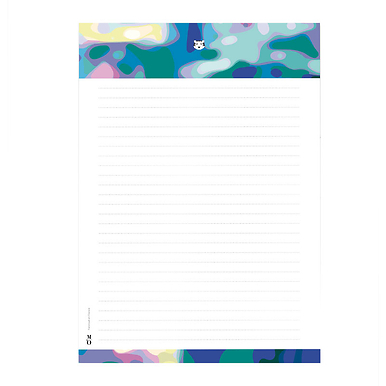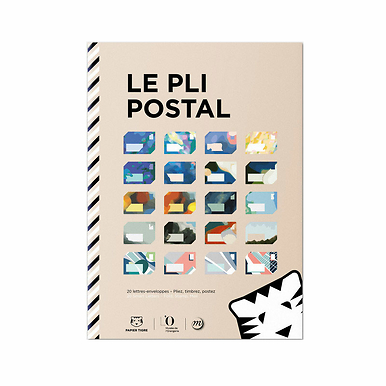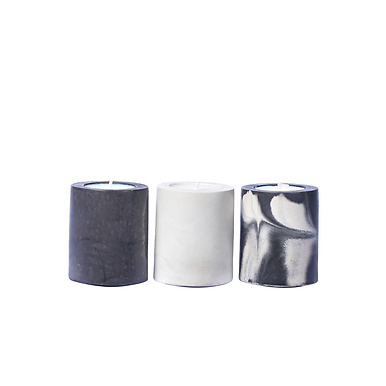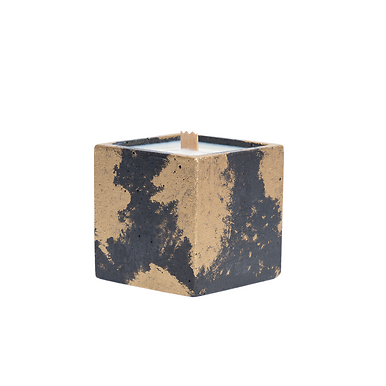Out of focus. Another vision of art, from 1945 to nowadays
Our favorites
Monet's Water Lilies have long been viewed by artists and studied by historians as the paragon of abstract painting, a sensitive forerunner of the great immersive installations to come. However, the blurry, out-of-focus effect that characterises the wide stretches of water in Monet's imposing canvases has been left largely unexamined. It did not escape his contemporaries, but they put it down to deterioration in his vision caused by an eye disease. These days, it seems more pertinent and fruitful to explore this aspect of Monet's later work as an actual aesthetic choice, one that has been left to posterity to uncover.
This exhibition deliberately makes such blurriness a key that opens another interpretation of a whole area of modern and contemporary visual creation. Initially
defined as "loss of distinctness", blurriness has shown itself to be the favourite means of expression in a world where instability reigns and visibility is clouded.
It was on the ruins left by the Second Word War that this out-of-focus aesthetic took root and began to deploy its inevitably political dimension. The Cartesian principle of discernment, which had prevailed in art for so long, now appeared altogether inoperative. With the erosion of visible certainties and in the face of the range of possibilities available to them as a result, artists came up with new approaches, shaping their works out of the transitory, disorder, movement, incompleteness and doubt... Taking note of a fundamental shift in the world order, they opted for the indeterminate, the indistinct and allusion. This distancing from naturalistic clarity went hand-in-hand with a quest for polysemy, expressed by a permeability of mediums and more importance being assigned to the beholder's interpretation. Instrument of sublimation as much as manifestation of a latent truth, blurriness became both symptom and remedy of a world in search of meaning.
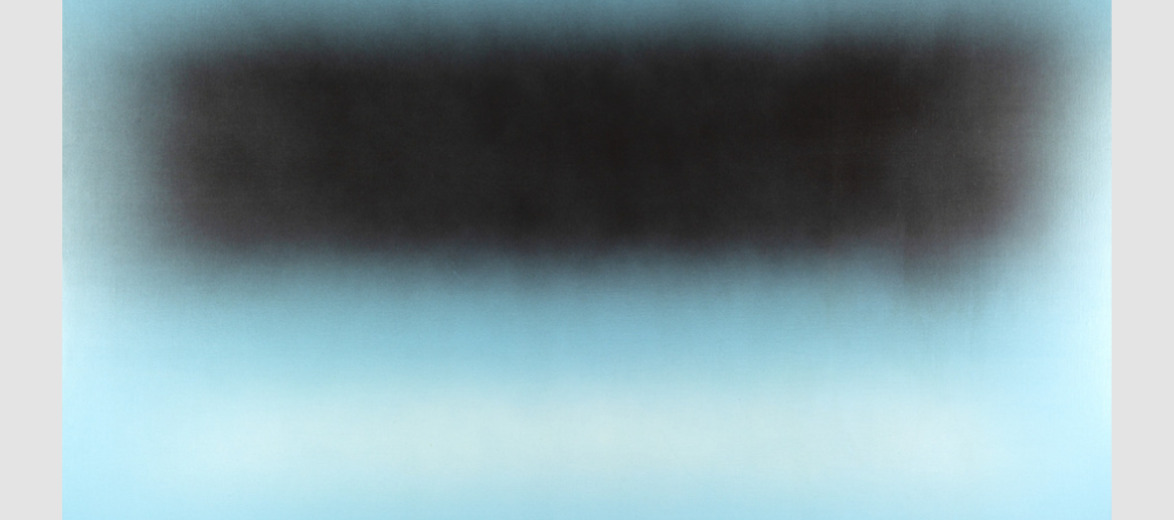
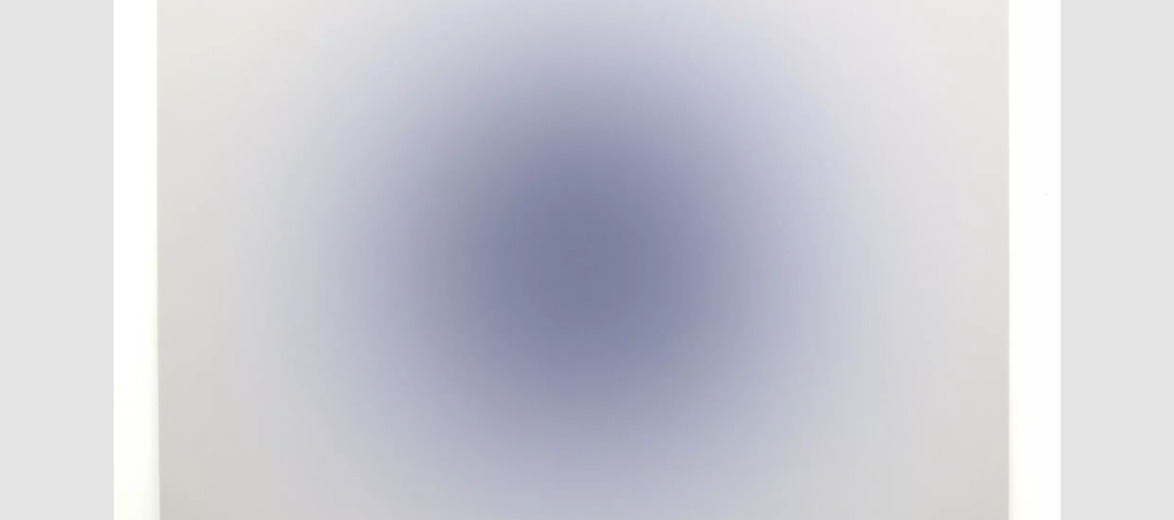
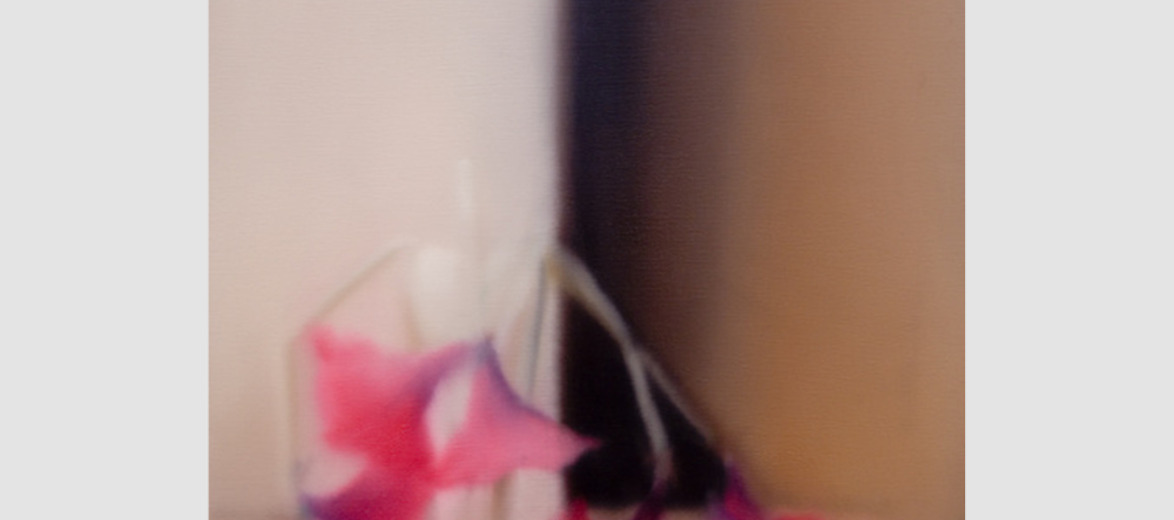
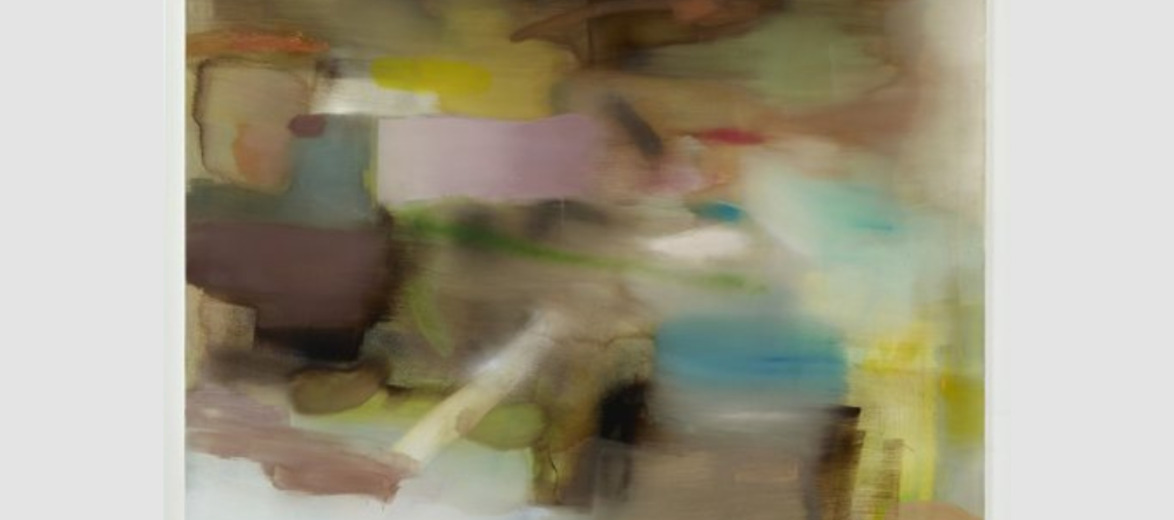
Inherently elusive, the out-of-focus aesthetic took shape in distancing; not by direct opposition to the clinical objectivity of a world under high surveillance, but
rather as a balancing act in the gaps in reality; A distancing that does not result from rejection or denial of the world's triviality but which explores its new mo-
dalities. At the borders of the visible, blurriness, while betraying instability, also creates the conditions for re-enchantment.
Curatorship
Claire Bernardi, Director, Musée de l'Orangerie
Emilia Philippot, Head Curator, Deputy Director of Studies, National Heritage Institute (INP)
In collaboration with Juliette Degennes, Curator, Musée de l'Orangerie
